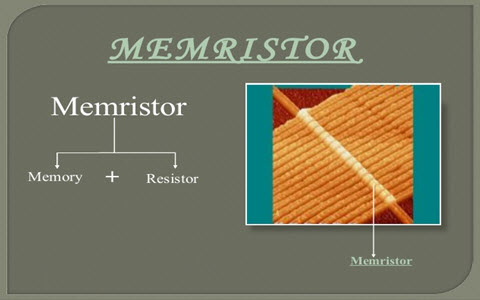This technological leap has the potential to revolutionize computing memory, offering a more efficient and faster alternative to DRAM and flash memory.
University of Rochester scientists have made an advancement in computing memory technology by developing a new form of hybrid resistive switches. This innovation combines the benefits of memristors and phase-change materials while overcoming their individual drawbacks.
Recent advancements in memristive technology have showcased a novel category of high-performance bipolar phase-change memristors, employing strain-engineered multilayer molybdenum ditelluride (MoTe2). This innovative approach utilizes process-induced strain engineering, where stressed metal thin films are strategically patterned into contacts. These contacts incite a strain-driven transition in MoTe2 from a semi-metallic to a semiconducting phase, effectively creating a self-aligned vertical transport memristor. The semiconducting MoTe2 serves as the active region for these devices.
A key feature of these memristors is their ability to approach the phase transition boundary through strain, resulting in remarkably low switching voltages of just 90 mV. They also demonstrate impressive on/off ratios of up to 108, swift switching times of merely 5 ns, and reliable retention periods exceeding 105s. A pivotal aspect of this technology is the capacity to modulate the device’s switching voltage and on/off ratio by altering a single process parameter: the contact metal film force. This parameter is a combination of the film stress and thickness.

These breakthroughs signify a major step in the realm of two-dimensional (2D) phase-change memristors, showcasing superior performance when compared with other 2D memristive devices. The development of these strain-engineered MoTe2 memristors opens new avenues for memory storage technologies, potentially revolutionizing the way electronic devices manage and store information.
While the team continues to work on enhancing the overall reliability of these phase-change memristors, the progress thus far is promising, indicating a future where computing could be transformed by these ultra-efficient, high-speed memory devices. The collaborative effort between the University’s electrical and computer engineering, physics, and mechanical engineering departments has been key in identifying optimal methods to strain the material for desired outcomes.







